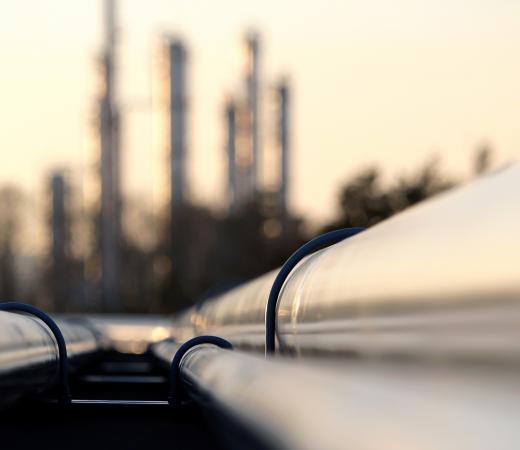Heat Delta
Heat Delta

The Heat Delta program aims to provide insight into the demand for and supply of industrial residual heat and geothermal energy. The ambition is to translate this into concrete and feasible projects as a second step. The focus within Heat Delta is threefold: transfer of residual heat from the process industry to the built environment, ‘industry to industry’ residual heat co-generation and the application of geothermal energy. The process industry in the SDR region (especially chemicals, steel and food) has residual heat available that can be used in the immediate vicinity in industry, business premises, institutions and/or the built environment. In addition, there may be potential for a sustainable heat supply based on (ultra-deep) geothermal energy.
The program focuses in three ways on transfering residual heat from the process industry to the built environment, ‘industry to industry’ heat couplings and geothermal energy.
Various studies are underway into the technical and economic feasibility of large-scale, low-temperature heat networks (50 to 80 degrees) in the built environment (especially around the Terneuzen-Ghent Canal Zone and from the port area in Vlissingen, with considerable distances to be bridged). The CO2 reduction potential is approximately 0.3 Mtonnes per year for 100,000 homes. In the Ghent region, the residual heat can be linked to the existing district heating network to replace natural gas as the primary energy source. In addition, there is already successful residual heat cogeneration between industrial companies (see also below). New opportunities may arise, such as a residual heat co-generation between steel company ArcelorMittal and Cargill Sas van Gent. This is currently the subject of further investigation. The CO2 reduction potential depends directly on the supply and demand profiles of the companies involved and cannot be specified in advance. The potential per connection is usually in the order of 5 to 50 Ktonnes per year.
Industry may also be able to make itself more sustainable with the help of geothermal energy (geothermic heat). Industrial processes often require higher temperatures when doing this. In the SDR region, this mainly concerns companies in West Brabant (LambWeston/Meijer, Suikerunie, Cargill and Sabic) with an interest in and potential for geothermics. The temperature levels required depend on the process and vary between 100 degrees Celsius and above 200 degrees Celsius. This temperature level requires drilling to around 4 to 6 kilometres deep (ultra-deep geothermal energy) or, if this is not opportune, upgrading the geothermal energy extracted using heat pumps. The regional knowledge about these depths, the potential of the subsurface and thus about the flow rate to be achieved and the lifespan, etc., is currently still too limited for a conclusive business case. The potential is therefore currently being investigated further. Cascading with greenhouse horticulture (including in Steenbergen and Dinteloord) is part of the approach.
Successful residual heat cogeneration between industrial companies, such as
• Yara and greenhouse horticulture (Warm CO2) with savings of approximately 55 Ktonnes of CO2 per year
• Zeeland Refinery, Covra and Martens Cleaning (Sloe residual heat) with savings of approximately 5 Ktonnes of CO2 per year
• Lamb Weston/Meijer and Wiskerke Onions BV with savings of approximately 1 Ktonne of CO2 per year
• Stora Enso and car manufacturer Volvo with savings of approx. 15 Ktonnes of CO2 per year
• IVAGO waste incineration and the University Hospital in Ghent
• Arcelor Mittal Ghent and the city of Zelzate.